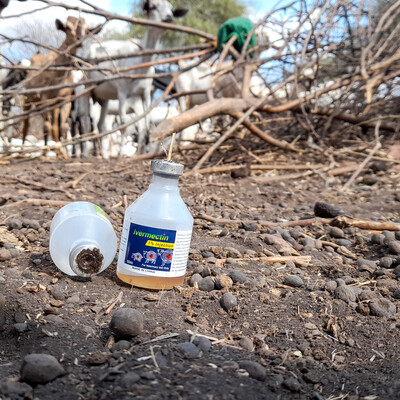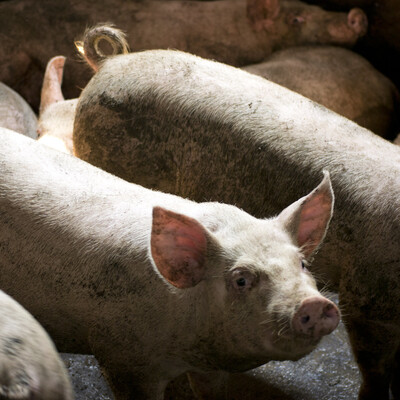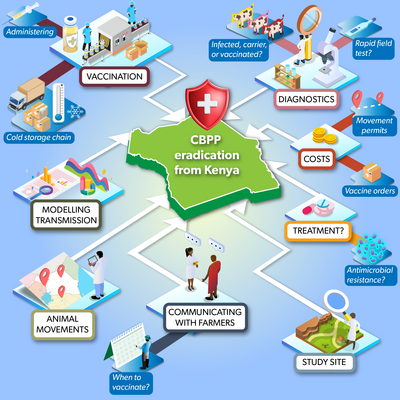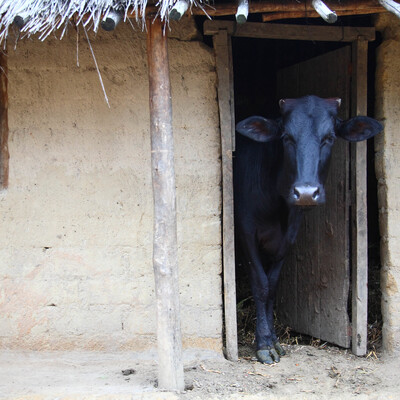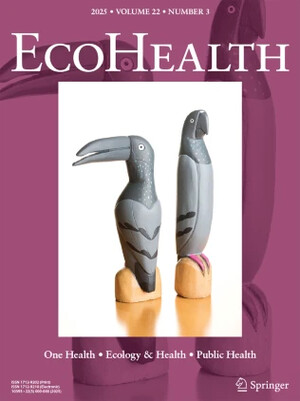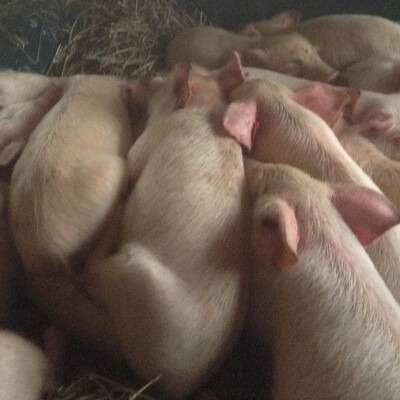
Healthy animals, healthy returns: Improving pastoralists’ livelihoods in Kenya
Goats play an important role in supporting the livelihoods of livestock keepers in Kenya, particularly among pastoralists in the country’s arid and semi-arid lands (ASALs). Sale of meat and milk from the small ruminants also contributes substantially to Kenya’s economy. The Kenya National Bureau of Statistics in its Economic survey report (2015) records that ‘the marketed production of livestock and its products increased due to an increase in sheep and goats sold to abattoirs’. It further reports that the number of sheep and goats slaughtered increased from ‘6,084.8 thousand in 2013 to 6,138.5 thousand in 2014’.
But despite the significance of goat rearing in improving pastoralist livelihoods, numerous challenges hamper their production notably a range of diseases and feeding constraints. One of the diseases that greatly affects goats and causes major economic losses in goat production is contagious caprine pleuropneumonia (CCPP).
CCPP is a highly fatal and infectious respiratory disease that primarily affects goats and wildlife. However, sheep may…
View original post 455 more words





